8. The Elephant Man (1980)
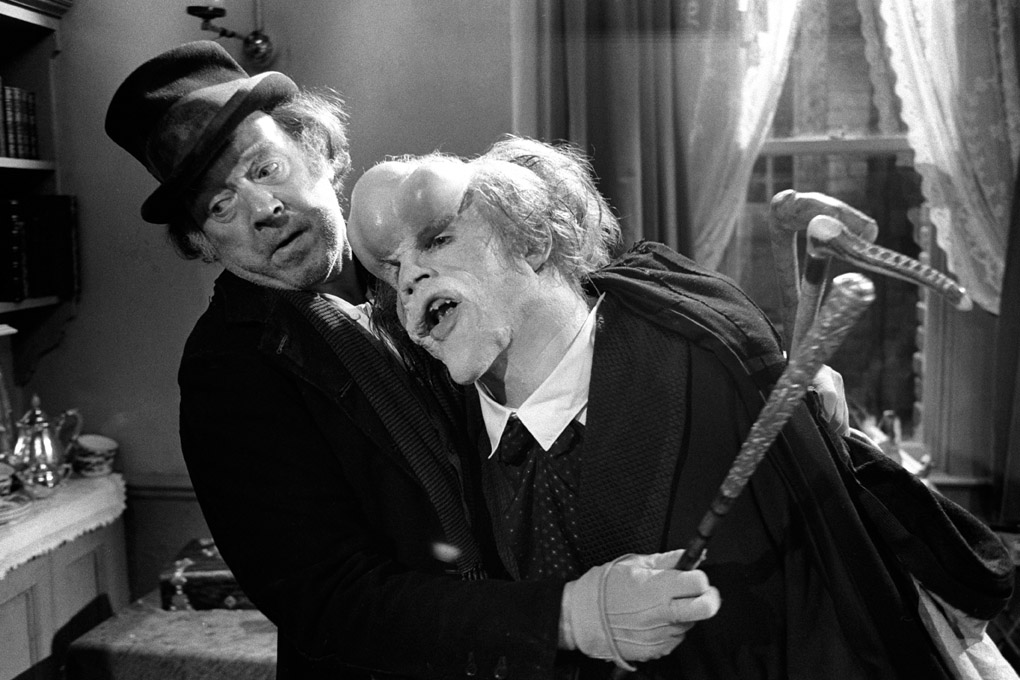
David Lynch’s The Elephant Man is quite different to his usual psychedelic style. The Elephant Man is a very human film that is played straighter than Lynch’s other films.
Lynch has said that the black and white image helps to put the film outside reality. Although John Merrick (John Hurt) did exist back in the late 19th century, Lynch heightens the reality of the film by the way it is filmed. For example, the claustrophobia of the mental asylum in which John is detained gives us a sense of hyperrealism.
The black and white image reminds us that John Merrick did indeed exist over a century ago. This apportions the film a certain sense of credibility.
Beyond that, the black and white image acknowledges the outdated and horrific nature of discrimination that undoubtedly took place in America’s past. We feel a sense of erroneous backwardness and inhumanity at the sight of the black and white image; as it represents an era that has since past.
9. Schindler’s List (1993)
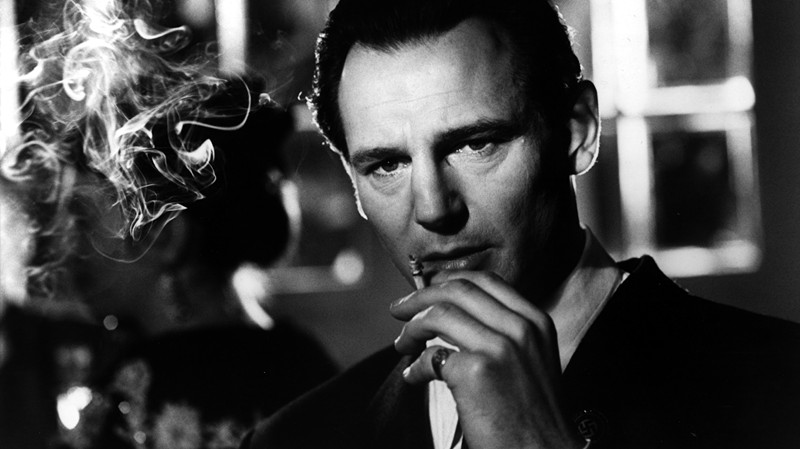
Schindler’s List is one of the best known contemporary films to have been filmed predominantly in black and white. This is Spielberg’s only black and white film, and it operates as such to effectively absorb us into the WWII landscape.
After having seen many clips from the bloody WWII, it was important for Spielberg to film in black and white in order to give it authenticity and enable us as an audience to further submerge ourselves into the horrific events the film details.
In line with the subject matter of the film, the black and white image provides a strong visual contrast between the abhorrent and the pure. Amon Goeth (Ralph Fiennes) obviously embodies the darkness of humanity, while Oskar Schindler (Liam Neeson) is a complex character that embodies both the black and white of the image projected on the screen.
The black and white image also brings a strong degree of melancholy to the events depicted in the film. Even though they need no embellishing, the black and white image amplifies the egregious nature of Nazi conduct during WWII.
10. American History X (1998)
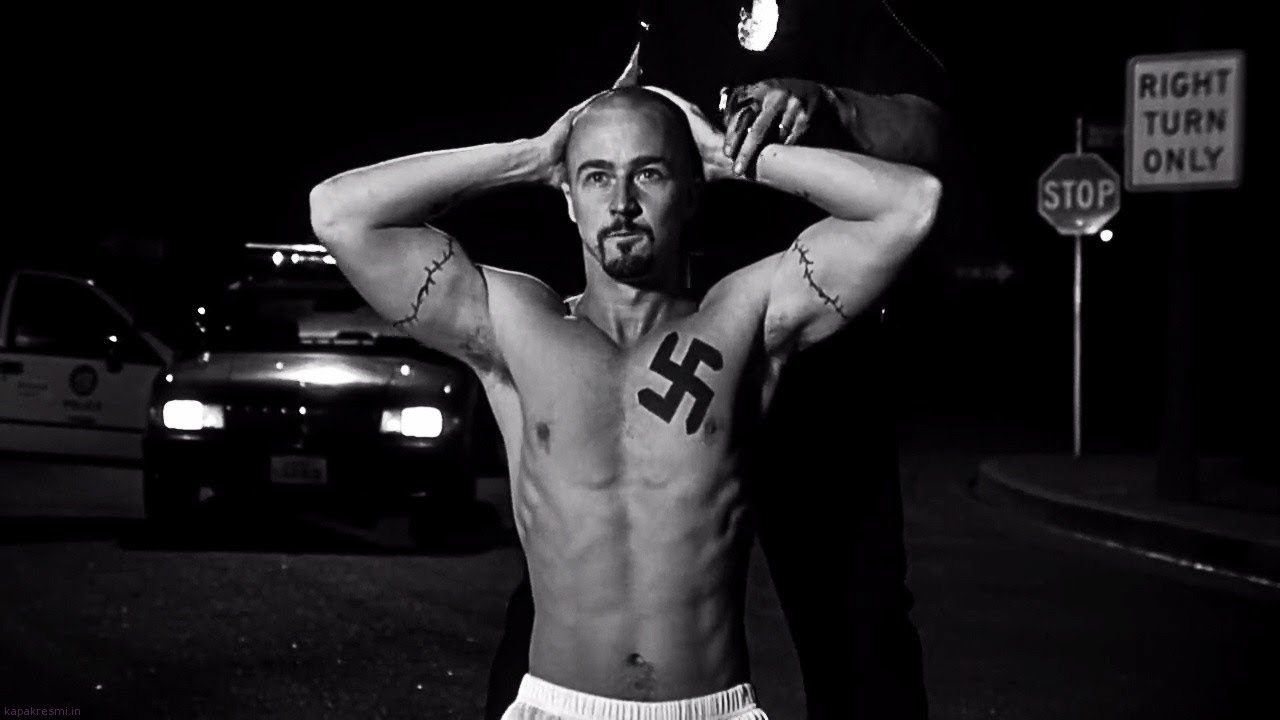
Tony Kaye’s 1998 film on current neo-nazi culture, and its inherently ugly qualities is one of the most memorable films of the 90’s. The film is not solely filmed in black and white. In fact, a substantial portion of the film is filmed in color. Kaye apportions the black and white image to flashbacks, which usually focus on anti-hero Derek Vinyard (Edward Norton).
On the surface, it appears that the black and white is merely employed as a means to delineate the past from the present. But, Kaye is more sophisticated than that. The black and white augments our already developed impression of Derek as a racist, violent and hate-filled man. As the audience, Kaye instructs us to look to Derek’s past with vehement repudiation.
The converse use of color, which Kaye apportions to the present, is meant to divorce Derek’s past actions from his current ones. In the black and white scenes, Derek is spreading hate against blacks, and living up to his neo-nazi title.
In the color scenes, Derek has departed from this lifestyle, attempting to make amends for his deplorable conduct. We see Derek turning over a new leaf, and trying to free his brother of the same neuroses which had crippled him.
The difference in the black and white image and the color image represents Derek’s sharp shift in values. However, it doesn’t account for the lasting damage actions carry. It is certainly good that Derek has reformed, but Danny’s (Edward Furlong) abrupt, cruel death reminds us of the indelible mark racism leaves in our minds and on the fabric of society.
11. Memento (2000)
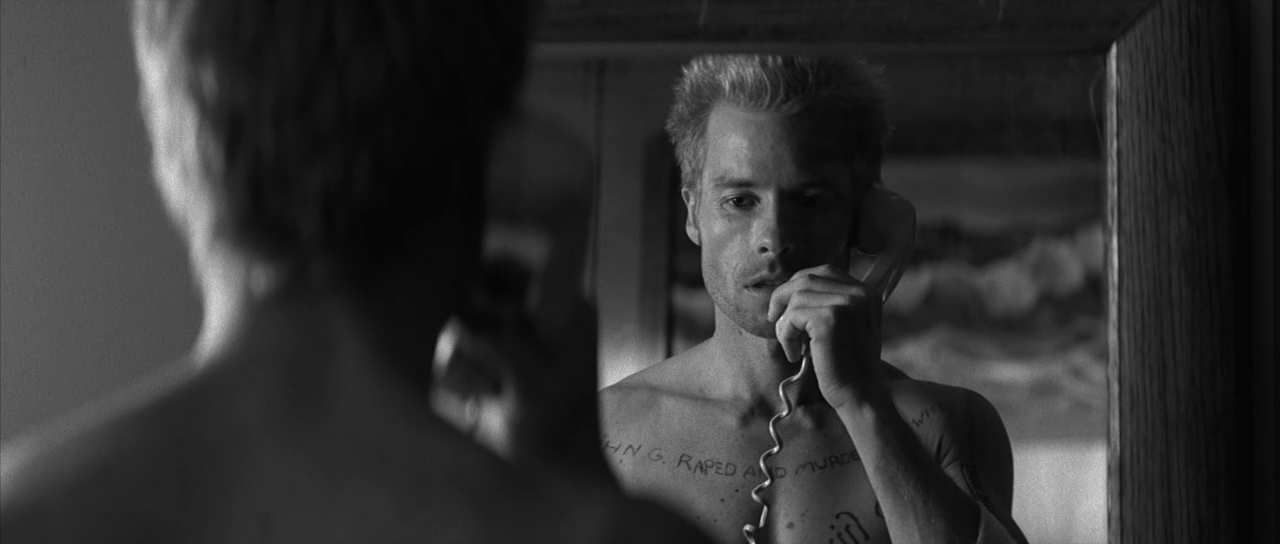
Memento was really Christopher Nolan’s first glimpse of his cinematic genius. It displayed his great fascination with how non-linear narratives can more deeply explore the human psyche. As a result, this unique film cannot be praised enough.
The majority of Memento is filmed in color. The events that slowly take place in a reverse chronology are filmed in color, and this ensures that there is a through line to Nolan’s narrative.
Conversely, the scenes in which Leonard (Guy Pearce) is on the phone are filmed in black and white. Although there is no common consensus around the meaning of Memento, it can be presumed that the black and white sequences clearly divide up the parts of the narrative.
It becomes clear that the phone calls, which appear to run in their own chronological form, are divorced from the events that are depicted in color. Perhaps the black and white scenes are meant to parallel, or give deeper insight into the color sequences.
Further, Memento narratively conforms to the noir genre, a man investigating the death of his wife, and leaving nothing unscrutinized and unsearched. Nolan’s black and white image, at least sporadically, gives a powerful nod to the noir genre by replicating it.
12. The Man Who Wasn’t There (2001)

This is surely the Coen Brothers’s most criminally underrated film. While it doesn’t bear the quirky humour of say Fargo (1996), The Man Who Wasn’t There is one of the more faithful homage films to the noir era. It ably pays attention to the staples of the traditional noir film, while enlivening the bygone genre with stellar camerawork and a compelling narrative.
There are plenty of neo-noir films that are not filmed in black and white (Taxi Driver (1976), Se7en (1995)). The Man Who Wasn’t There is, and it is a better film for it. The black and white image ensures that everything visually recognizable in the genre is utilized and exploited. We see the moody shadows in the barber shop, for example.
It is important to note that The Man Who Wasn’t There wasn’t so much a modern neo-noir take on the genre, but a kind of reproduction of the 40’s noir picture. This is significantly sided through the black and white image the Coen Brothers have chosen to visually embellish their film with.
The black and white is not as vivid or as rich as seen in most modern black and white films, but instead fits with the kind of image projected to 40’s noir audiences.
13. The Artist (2011)
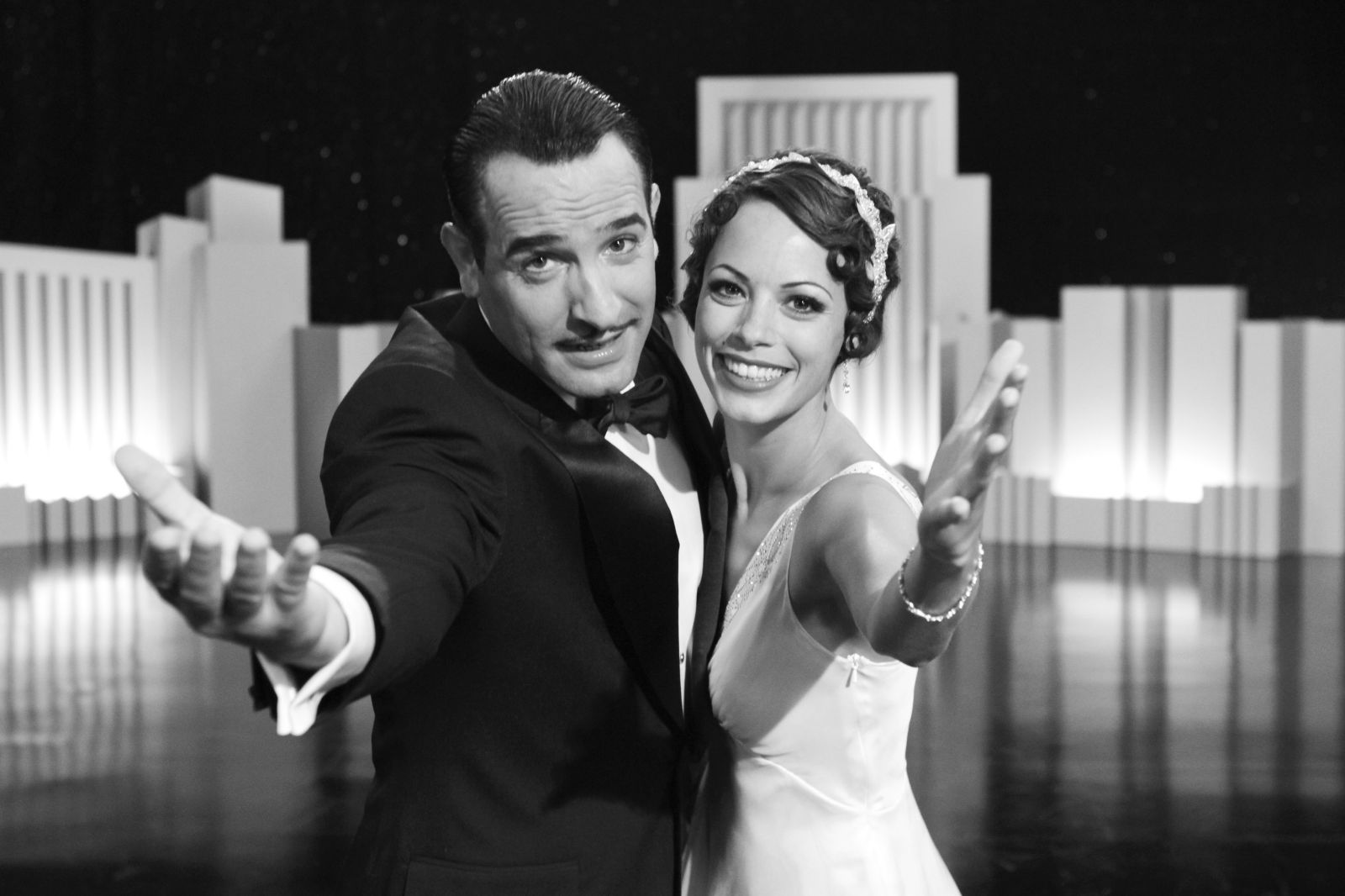
The Artist has a unique ability to both massage established film conventions and also strongly depart from them. The Artist is a silent film, clearly paid as a homage to the great silent film era of the early 20th Century.
It follows a familiar narrative, and embellishes it in a familiar way. Concurrently, its use of the silent film is foreign. This is because a purely silent film has not been attempted for quite some time in mainstream cinema.
As a result, director Michel Hazanavicius uses the black and white image in harmony with the conventions of the silent film. There is of course no sound (until the end of the film), and grand overacting. The black and white image that we see is richly defined, and the composition of Hazanavicius’s shots are truly reminiscent of the great silent-era films.
The monochromatic nature of the Artist ensures that the light projected on the characters faces (mainly Peppy Miller), and the deep shadows seen in the film are exploited to best effect.
The consequence of this is a refreshingly astute visual style that captures the grandeur of the silent film, and also updates it via the new technology Hazanvicius has at his disposal.
14. Nebraska (2013)
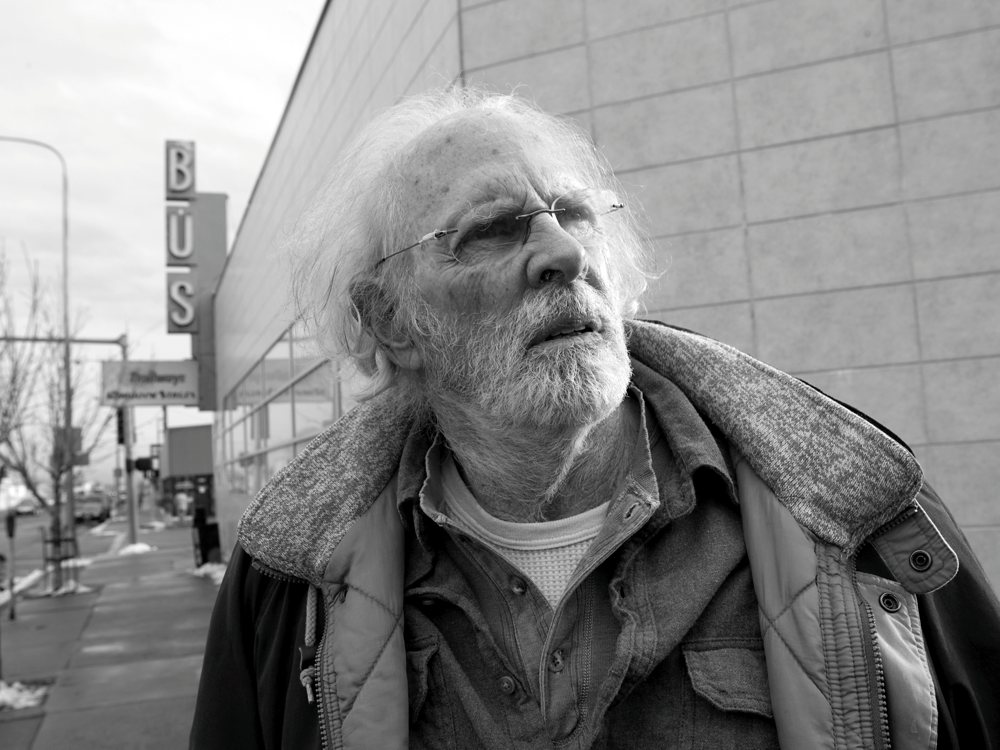
Alexander Payne’s heartfelt Nebraska is one of the more interesting portrayals of a father and son relationship in recent memory.
Payne has publically indicated his endearment for the black and white format. In an interview at Cannes, Payne said of black and white film, “It’s such a beautiful form, and it’s really left our cinema because of commercial, not artistic, reasons; it never left fine-art photography.
This modest, austere story seemed to lend itself to being made in black and white, a visual style perhaps as austere as the lives of its people.”
Nebraska successfully juggles a quirky and contemplative tone for much of its running time. This is no mean feat, considering the relatively paradoxical nature of them. What Payne does so well, though, is that he finds humor in loss and suffering.
The thematic backbone of the film is really the disconnection of father Woody Grant (Bruce Dern) and his son David (Will Forte). The black and white image makes sure that this fractured relationship is always the center of our attention.
At the same time, though, the black and white is not emotionally restrictive. Through many of its substantial laughs, color seems to burst out of the screen (we have June Squibb to thank for that).
Specifically, the black and white makes the film so recognizable and iconic insofar as it is a real artistic expression. Aside this, it also casts a veil of loss over the characters in the film. The narrative of the film, namely the journey which Woody and David take, is a kind of last-ditch attempt to find familial reconciliation.
15. Ida (2014)
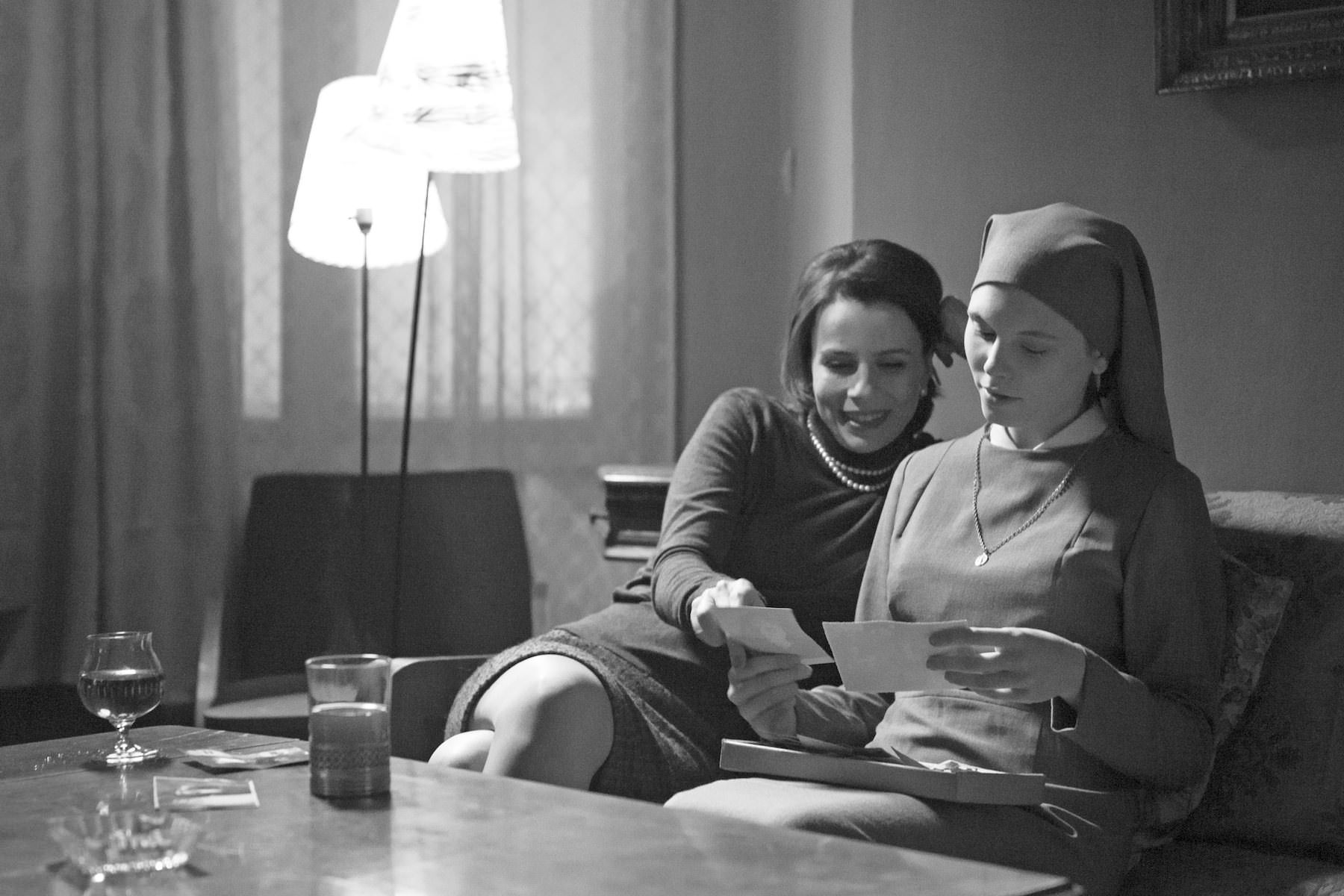
Pawel Pawlikowski’s austere art film undoubtedly took the cinematic world by storm in 2014. This was due to the powerful confluence of thematic tension, beautiful cinematography and strong character development. Prior to Ida, Pawlikowski had been mainly plying his trade in Hollywood. Ida clearly represented a freer, artsy filmmaking opportunity.
Ida is Pawlikwoski’s artistic child. He ignored commercial considerations by independently choosing his own actors, story development and filming in black and white. While the choice to film in black and white is does not always bring in substantive profits, Ida critically thrived as a result.
Ida is a quiet film that extracts power from maintaining a subdued state throughout. The black and white format definitely augments this. Anna (Agata Trzebuchowska) is a nun; constrained within the institution of the church.
The black and white visually drains any of the vital youth Anna may possess, and instead depicts her as a young woman with very little freedoms. We feel as though the black and white image helps us identify more strongly with Anna, and understand her plight as a young nun.
Author Bio: Nick is a uni student with more interest in film than the subjects he is studying. He is waiting for a reunion between De Niro and Scorsese.